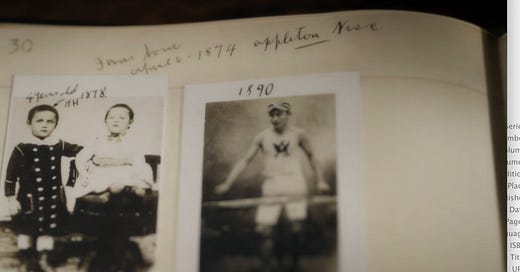Harry Houdini's Secret Notes
"the bibliophile instinct I had inherited took full hold of me..."
In the spirit of Halloween, allow me to present the notes of Harry Houdini—a man of many secrets. He took some of them to the grave; for example, we still don’t really know how he escaped the mirror cuffs. And while his death is probably not as mysterious as has been suggested, it does seem fitting that he died on Halloween of 1926.1
This post begins with…
Keep reading with a 7-day free trial
Subscribe to Noted to keep reading this post and get 7 days of free access to the full post archives.




